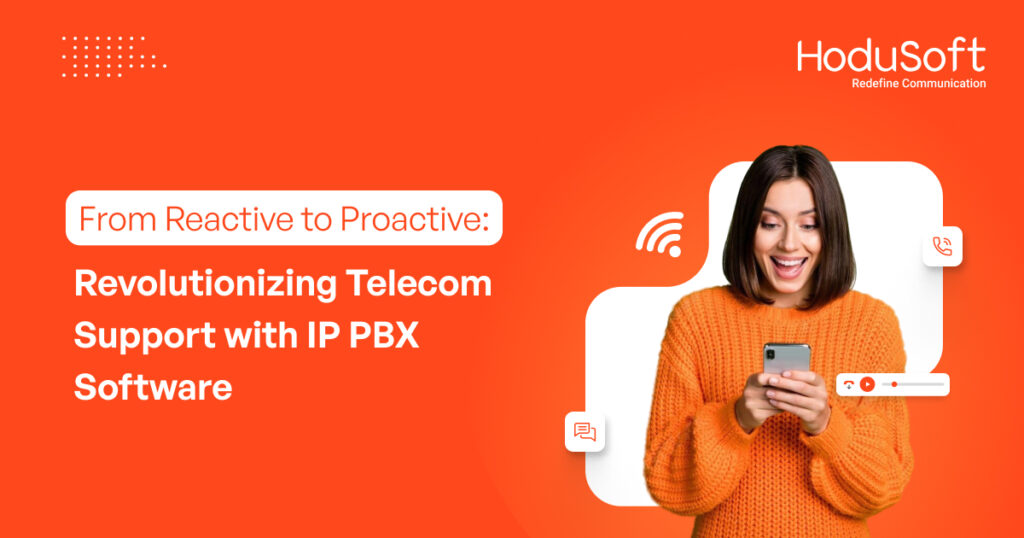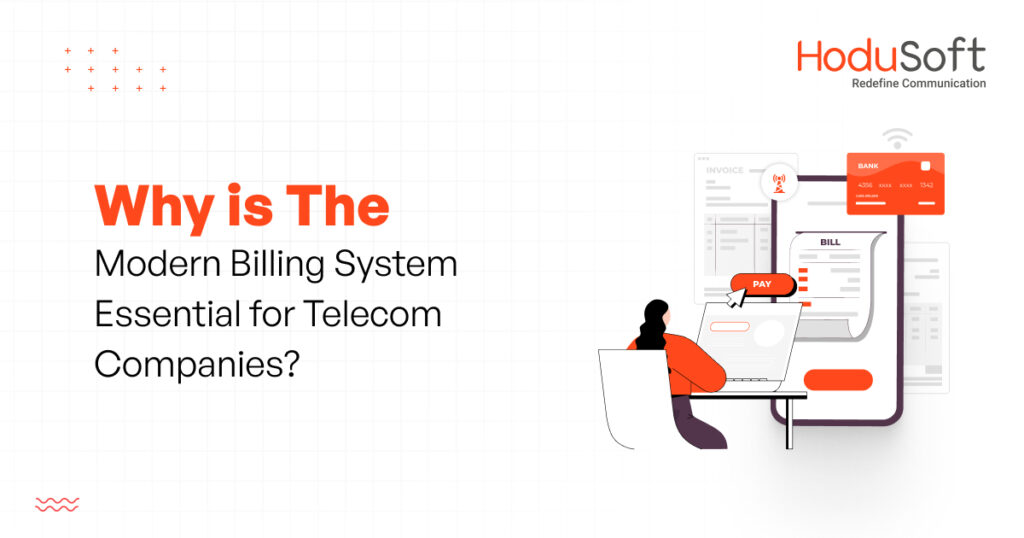The Right, Fully Featured IP PBX Software for Healthcare Industries Brings Improvements Across the Board
VoIP technologies are gaining traction and one area where they can be of immense help is healthcare. Hospitals may range in size from small to very large and health care professionals may operate from one location and serve patients who are spread in various locations. The best way to communicate and stay in touch is the IP PBX software rather than a simple telephone. Here is how and why IP PBX is indispensable in healthcare.
A typical IP PBX software has a number of features such as phonebook, click to call, call screening, fax to email and email to fax, caller ID, voice mail, recording and find me/follow me features among others. Not all may be of use for healthcare but the find me/follow me feature, voice mail and recording features are certainly useful. A doctor may be doing the rounds and may need to be contacted immediately by another doctor located in another wing. The caller does not have to go through the extension or page the doctor he wishes to contact. He can just use the PBX on his mobile and engage in a conversation. The IP PBX system can be configured for call screening and extension pickup as well as group pickup, call park and pickup, which standard telephone systems may not offer.
Take the case of a doctor who runs a practice. He can use the IVR feature of the IP PBX software to automatically fix appointments and receive notifications and reminders on his mobile device. It is better than relying on a secretary and much cheaper too.
PBX software from reputed vendors usually includes WebRTC these days. WebRTC is a game changer for healthcare. WebRTC allows audio and video chats as well as conferencing. What this means for healthcare professionals is that doctors can consult each other to discuss a patient’s condition, share the screen and exchange reports as well as X-rays and scans of the patient. They save a lot of time they would otherwise spend on scheduling and holding a meeting. Independent practitioners as well as doctors serving in a hospital can use this feature to hold a video chat with a patient, view his condition and offer advice. It saves him the effort of having to visit the patient. He can do this using his desktop or even his mobile device at any time and from anywhere. Security is a concern when it comes to patient’s reports but WebRTC is inherently very secure and meets compliance standards.



